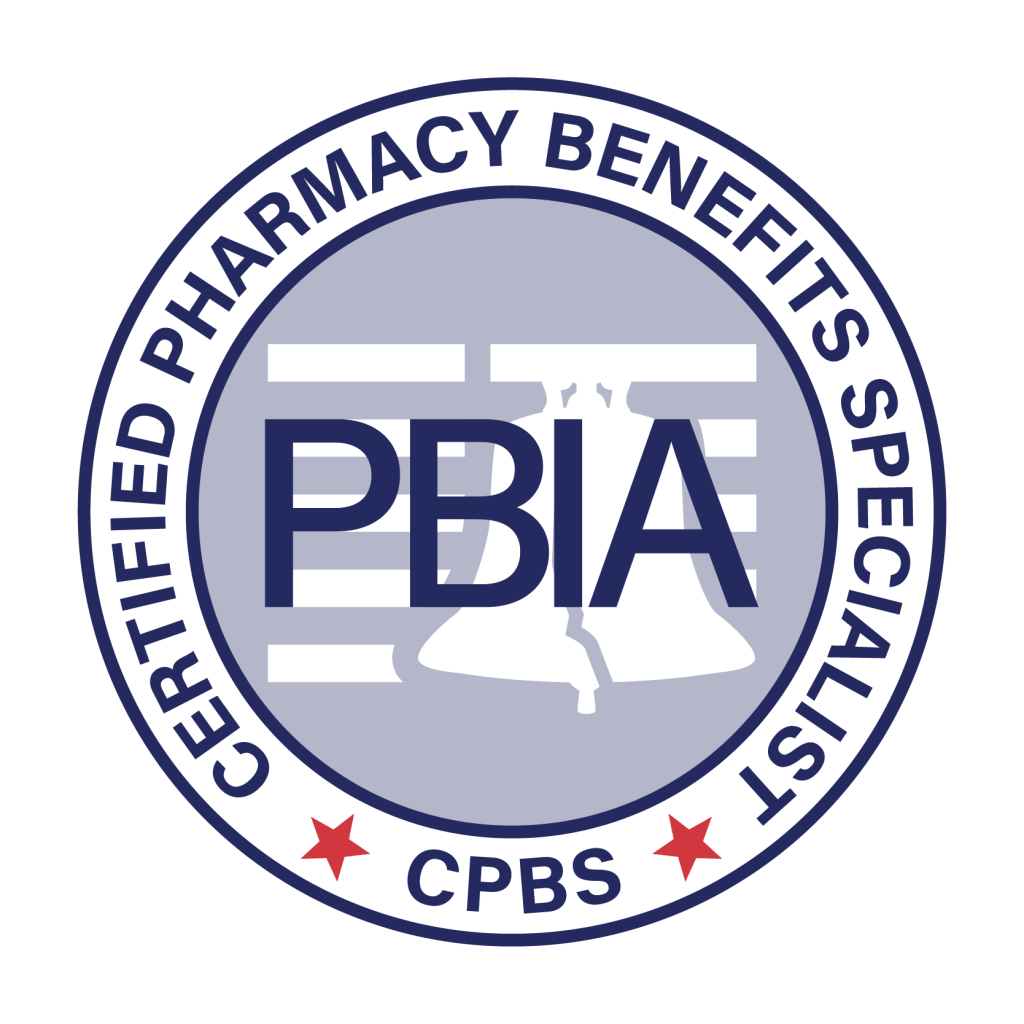In today’s complex healthcare landscape, understanding the roles of rebate aggregators and Group Purchasing Organizations (GPOs) owned by Pharmacy Benefit Managers (PBMs) is crucial. These entities significantly influence prescription drug costs and the management of pharmacy benefits. This comprehensive guide explores their functions, origins, and how you—as an employee benefit broker, HR executive, or CFO—can leverage these relationships in maximizing benefits with rebate aggregators and controlling costs.
What Is Rebate Aggregation?
Understanding Rebate Aggregators
Rebate aggregation involves the collection and management of pharmaceutical manufacturer rebates by PBMs. Manufacturers offer these rebates to promote their drugs’ inclusion on PBM formularies and to incentivize higher utilization. PBMs negotiate rebate terms based on expected drug volumes and market share, aggregating rebates across multiple plan sponsors to enhance negotiating power. Depending on contractual agreements, rebates are either passed back to plan sponsors like employers and insurers or retained by PBMs.
The Purpose of Rebate Aggregation
The primary aim is cost reduction. By pooling rebates, PBMs can lower the net cost of prescription drugs for plan sponsors. This aggregation increases market leverage against pharmaceutical manufacturers and streamlines processes for employers and insurers, simplifying the rebate management process.
The Role of PBM-Owned GPOs
What Are Group Purchasing Organizations?
GPOs are entities that consolidate the purchasing power of multiple organizations to secure discounts from vendors, including drug manufacturers. In healthcare, they play a pivotal role in reducing costs for medications and medical supplies by negotiating lower prices and improved contract terms.
Why PBMs Own GPOs
PBMs have acquired or established GPOs to enhance their negotiating power further. Owning GPOs allows PBMs to amplify their purchasing volume, streamline procurement and rebate processes under one umbrella, and potentially increase revenue by retaining more rebates and fees. However, this ownership structure can raise transparency concerns, potentially obscure rebate flows and fee arrangements, and lead to conflicts of interest where PBMs might prioritize their profits over client savings. It also attracts regulatory scrutiny over anti-competitive practices and compliance issues.
Why Were Rebate Aggregators and GPOs Created?
Historical Context and Intended Benefits
The creation of rebate aggregators and GPOs was driven by rising drug prices and a fragmented market where individual buyers lacked the clout to negotiate favorable terms. Employers and insurers sought efficient strategies to manage complex pharmacy benefits. These entities were designed to achieve cost savings by reducing prices for all members through collective bargaining, simplify negotiations, and provide improved access to medications through broader bargaining power.
Leveraging Relationships with Rebate Aggregators and PBM-Owned GPOs
Effectively navigating these relationships is key to maximizing benefits and minimizing costs.
Strategies for Employee Benefit Brokers
- Demand Transparency: Insist on clear disclosure of rebate amounts and distribution methods from PBMs.
- Thorough Contract Review: Examine PBM contracts for terms related to rebates and GPO affiliations, ensuring they align with client interests.
- Market Comparison: Evaluate multiple PBMs and GPOs to secure the best terms for clients, considering both cost and service quality.

Best Practices for HR Executives
- Align Benefits with Company Goals: Ensure that pharmacy benefits support overall organizational objectives and employee wellness.
- Educate Employees: Inform staff about formulary changes, how to maximize their benefits, and encourage the use of cost-effective medication options.
- Monitor Performance: Regularly assess the effectiveness of pharmacy benefits, employee satisfaction, and seek improvements where necessary.
Financial Insights for CFOs
- Analyze Cost Impacts: Evaluate how rebate structures and GPO affiliations affect the company’s financial health and budget forecasts.
- Assess Risks: Be aware of compliance and regulatory risks associated with PBM and GPO dealings, including potential audits and legal implications.
- Negotiate Aggressively: Leverage the organization’s size and PBM knowledge to negotiate better terms.
The Importance of Transparency and Compliance
Addressing Transparency Issues
To mitigate transparency concerns, require PBMs to provide comprehensive reports on rebate earnings and allocations. Include contractual provisions that allow for third-party audits of rebate dealings to ensure accuracy and honesty. Staying informed about laws governing rebate practices is essential to ensure adherence and avoid regulatory penalties.
Mitigating Conflicts of Interest
Structure agreements that align PBM incentives with your organization’s goals, such as performance-based contracts that reward cost savings and quality service. Consider engaging independent consultants or third-party advisors to assess PBM relationships and negotiations objectively, ensuring that decisions are made in the best interest of your organization and employees.
Conclusion
Understanding and maximizing benefits with rebate aggregators and PBM-owned GPOs is essential for controlling prescription drug costs and enhancing pharmacy benefits. By staying informed, being proactive in contract management, and prioritizing transparency, you can significantly impact your organization’s healthcare spending and employee satisfaction.
Optimize Your Pharmacy Benefits Today
Don’t let the complexities of rebate aggregation and PBM-owned GPOs hinder your organization’s success. Take action now to maximize your benefits and minimize costs. For personalized assistance, contact our experts who specialize in navigating these intricate relationships.
